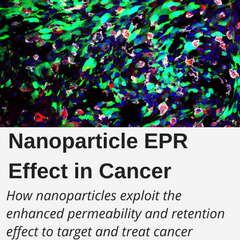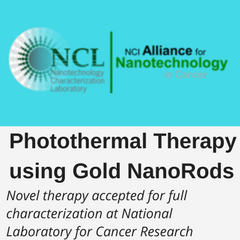GET YOUR NEXT TATTOO FROM YOUR DOCTOR
Picture yourself sitting in your doctor’s office. Is it time for your checkup? Nope. It’s time to get tattooed! Most people tend to think of tattoos as just being an expression of personal aesthetics but researchers have been exploring different ways to monitor and treat disease using tattoos. A future with diagnostic and therapeutic tattoos may give this old art form a new functionality.
USEFUL NANOPARTICLE TATTOOS
POLYMERIC NANOPARTICLES
The idea of smart tattoos first garnered attention in 2009 when a team led by Heather Clark at Draper Laboratory revealed a polymeric nanoparticle based sensor that could monitor glucose and sodium levels in the interstitial fluid.1 The technology works by injecting “ink” composed of nanoparticles into the top layer of the skin. The nanoparticles then continuously bind and unbind analytes such as glucose or sodium. The binding and unbinding causes reversible color shifts from yellow to purple and fluorescent to non-fluorescent based off of the concentration of analyte in the interstitial fluid.
CARBON NANOTUBES
That same year, a very similar technology developed at MIT by Michael Strano demonstrated the use of carbon nanotubes to detect glucose concentrations. The nanotubes are surrounded by a glucose sensitive polymer. As that polymer expands and contracts due to changing glucose levels, the carbon nanotubes increase and decrease in fluorescence.2 While both of these “tattoos” would eventually wear away and occasionally need to be replaced, they hold great potential for ridding of the daily pin pricks associated with diabetic blood glucose monitoring.
PEG FUNCTIONALIZED CARBON CLUSTERS
More recently in 2016, another research collaboration between Baylor College of Medicine and Rice University found a potential “tattoo therapy” that might be used to target autoimmune disease. They reported that antioxidant nanoparticles, poly(ethylene glycol) functionalized carbon clusters, were preferentially up-taken by T-cells versus other immune cells.3 The particles would be placed under the skin like a tattoo but would fade as they gradually enter the body’s circulation over the course of a week. Once inside T-cells, they work to annihilate intracellular free radicals. The hope is that by reducing intracellular free radicals modulation of the “overactive” behavior of T-cells characteristic of autoimmune diseases would be possible.
STILL A WHILE TO GO…
As exciting as these concepts are, further clinical testing and FDA approval are still needed before these technologies make it to your doctors office.
Explore more:


References:
- Cash, Kevin J., and Heather A. Clark. “Nanosensors and nanomaterials for monitoring glucose in diabetes.” Trends in molecular medicine 16.12 (2010): 584-593. DOI:10.1016/j.molmed.2010.08.002.
- Barone, Paul W., et al. “Modulation of single-walled carbon nanotube photoluminescence by hydrogel swelling.” Acs Nano3.12 (2009): 3869-3877. DOI: 10.1021/nn901025x
- Huq, Redwan, et al. “Preferential uptake of antioxidant carbon nanoparticles by T lymphocytes for immunomodulation.” Scientific reports 6 (2016). DOI: 10.1038/srep33808